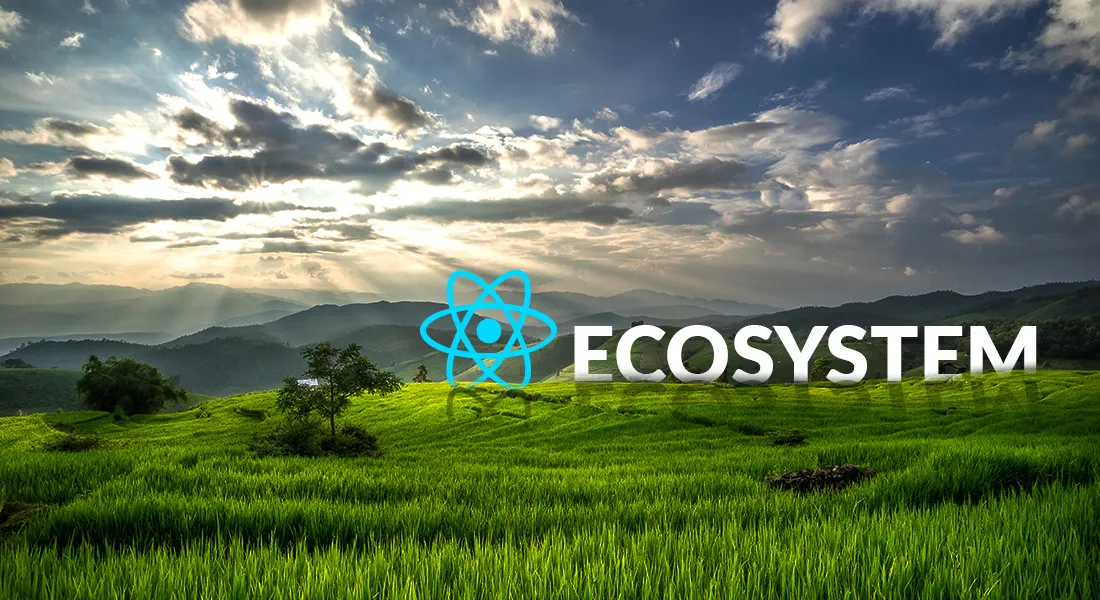Best React Native Libraries, Developer Tools and Ecosystem of 2021
React Native was developed to create a rich native framework based on Facebook's JavaScript library, React. With an attractive layout and easy-to-use interface, React Native differs from React in that the former supports mobile apps while the latter is used in a targeted way.
In other words, currently, React Web developers can use React Native to effectively develop mobile apps, which is a structure related to what they are good at. In addition, the framework contains a completely native interface to exchange code within platforms. This improves the development process by making it simpler for a single developer to reuse code and improve Android and iOS platforms.
React Native Codes in React, XML, and Java, React Native Bridge calls important APIs in Java when the code is ready to implement Android or iOS. An application that displays a mobile-friendly interface instead of a web view.
Thanks to the component library and React Native development tools, all of this is achievable with the same simplicity and combination. You may be wondering how much it will cost to build a React Native application in 2021. To find out what is attractive, now that we have understood React Native, let us describe the huge ecosystem.
React Native Navigation
This may be easy for some of you, but React Native Navigation is very tricky. Due to a large number of opportunities and many solutions, navigation in React Native is often complex. In fact, React Native provides three different navigation solutions:
- Navigator
- NavigatorIOS
- React Navigation v5
In addition, there are various module-based implementations that allow developers to navigate in their apps.
React Native backend
React Native has several backend services that guarantee to improve the overall functionality of the app.
- Baqend
- FireBase
- GraphCool
- AWS
React Native Database
Next is the local storage of React Native. It provides many alternatives, from automatic storage to a local database. We need to store data locally, while multiple examples prove offline data storage and then recover it online. Developers need to have a deep knowledge of their ecosystem to decide which local storage is best for their goals. The most promising include:
- SQLite
- Realm
- Couchbase Life
- PouchDB
React Native tools for debugging, testing, integration, and automation
The best use framework is a series of accompanying tools created to make it easier for developers to complete the entire development life cycle.
- Debugging Tools:
- Chrome Developer Tools
- Reactotron
2. Testing & Automation Tools
- Detox
- Mocha
- Enzyme
- Appium
- Bitbar
- Bridge
- Jest
3. CI/CD Tools
- Microsoft Codepush
- Bitrise
The 11 best React Native development tools of 2021
Here, I have compiled a complete list of the best IDEs for developing React Native apps. The most suitable environment for React Native developers and with different functions. Respond to native tools by 2021.
- Nuclide
- Atom
- Visual Studio Code
- Expo
- Flow
- ESLint
- Native Base
- Reactotron
- Bit
- Xcode
- Android Studio
The React Native ecosystem is broad enough to predict and develop ideas. In addition to databases, libraries, devices, navigation, and backends. React Native supports integrated push notification mechanisms, animation tools, files, and other technical components.
As far as I know, all this comes from my Pandora's Box. Hope you find useful information in this article for your next React Native project. If you want to know more about React Native for your next project you should get in touch with React Native programmers from the top-notch development company to resolve all your queries and build unique mobile apps.
